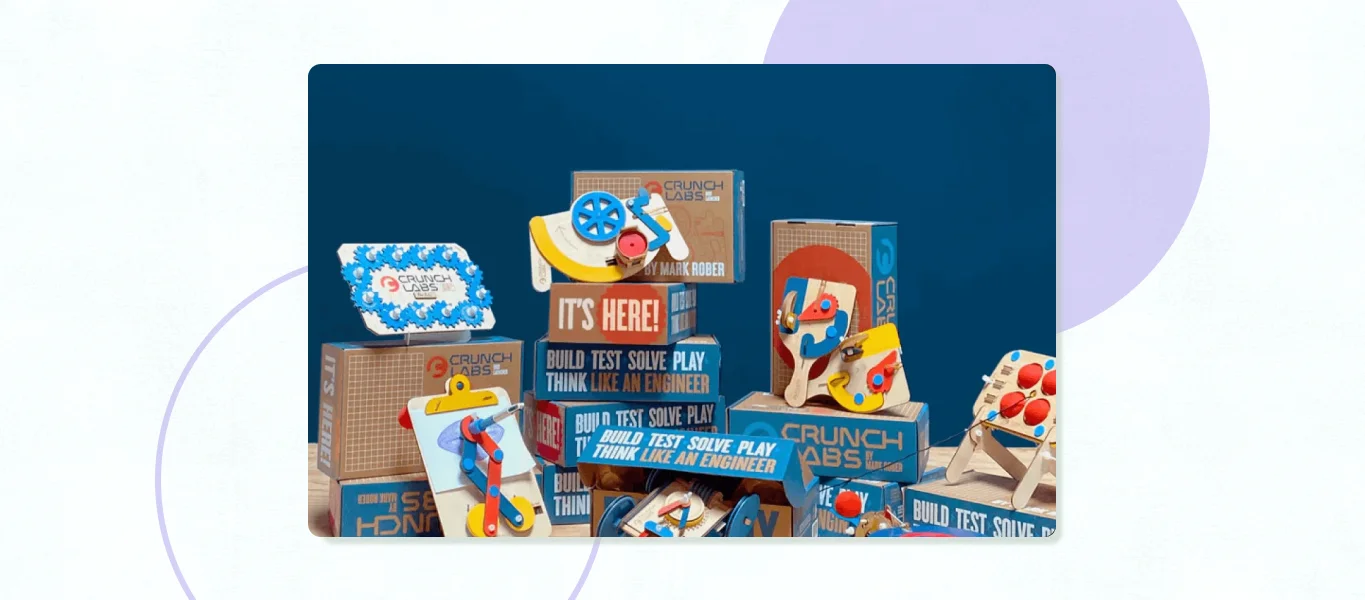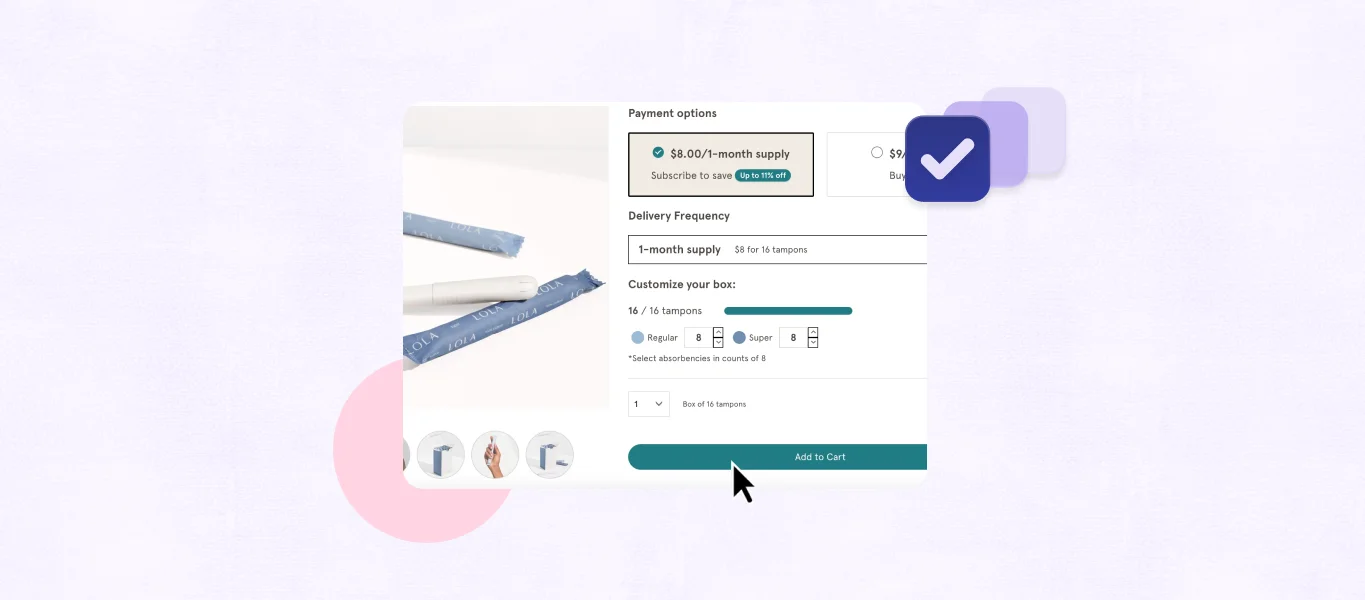In the last year, both small and large retailers pivoted to online storefronts and drove the adoption of ecommerce years ahead of what was predicted. Even amidst the market saturation, one thing remains constant – customers want an outstanding experience from the first time they discover your company, to the moment they purchase their first product, and beyond. So how do you build brand awareness, amidst a sea of other merchants?
How can your ecommerce business accomplish that?
The short answer – brand awareness and education for both your dedicated and most loyal customers, as well for those who fit your customer profile.
We were able to dig into the tactics behind how to do this with the co-founders of Vervaunt, Paul Rogers and Josh Duggan. Vervaunt is a paid media agency dedicated to helping brands grow and scale their online businesses. The duo works with well-known brands such as Lush, Pangaia, and Bulletproof Coffee. On our Recharge podcast Hit Subscribe they shared their proven techniques to help brands boost their brand awareness: segmenting their audiences, scaling their paid media strategy, effective UX, and benefits to auditing your CRM.
What is Paid Media and what does the landscape look like today?
Simply put, paid media is marketing that you pay for. The main players in the space are search engines and social media, such as: Google, Facebook, Snapchat, Pinterest, and Instagram. TikTok is the newest platform to enter the scene, with explosive growth in 2020 as well as some controversy, and many brands have been taking advantage of the wide reach of this new platform.
Today, brands are ditching traditional marketing tactics and fully-investing in a digital-first approach.
“Across social platforms, it’s just in massive growth. There’s a third more advertisers this year, then there were in 2019. Facebook is expected to drive two times more revenue than 2018.”
-Josh Duggan, Cofounder of Vervaunt
What does success in building brand awareness for ecommerce look like?
Every brand has a different perspective of what success looks like. A good rule of thumb to keep in mind is to benchmark your conversion rate against the specific marketing channel you’re using.
For example, here are a couple guidelines Josh mentions in the podcast episode:
- Facebook: If you’re achieving a +1.5% click-through rate, you’ve got a good measure of engagement of people who are actually doing the action you’ve asked for.
- Cost Per Click: Around 70 cents to $1 dollars per click allows you to have a sustainable cost per click program.
These are just a few metrics Josh and team track. Other elements would be perception and overall brand awareness surveys. Setting yourself a baseline of what people know you for and their perception of you gives you a snapshot in time that you can build actionable goals against.
For example, let’s say you sell coffee as your main product and are looking to branch out into unique mugs. You may do a brand awareness survey to understand what the market knows you for today. Likely, mugs wouldn’t be high on their radar. But after focusing time and attention to campaigns to promote your new mug endeavour, re-surveying at regular intervals will show an increase in awareness around your new product.
Paid advertising isn’t the only way to build your brand awareness. Having a comprehensive tech stack on the backend, including a strong website, healthy CRM, marketing automation, etc. allows you analyze customer data and craft more specific content to future buyers.
How can your tech stack help you build brand awareness?
“A good integration, from a bare minimum, should essentially just have a good constant flow of clean data, and the right data points.”
Paul Rogers, Cofounder of Vervaunt
This comes from consistently studying your customers’ interaction and behavior on your site. You should be tracking and analyzing their customer service expectations, how they engage with your personalization engine, and what they are clicking on in your emails.
Collecting this data not only helps streamline how you connect with current customers but also gives you the ability to create content for new audiences and prospective shoppers.
Although the type of content that ecommerce companies create varies from brand to brand, content that is less transactional and more beneficial to the customer tends to perform better.
This content can be about how to use the product, the benefits of your company, a narrative about the future, and how to engage beyond the point of purchase. A great strategy to find what content to see your audience is engaging with is to work alongside your paid media team to see what is getting the most comments, likes, shares, and interactions to help guide your future content strategy.
To learn more about paid media tactics for your brand as well as UX suggestions, listen to Josh and Paul’s podcast episode.



